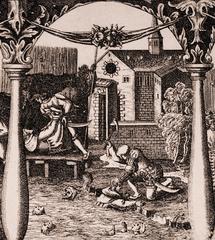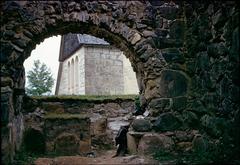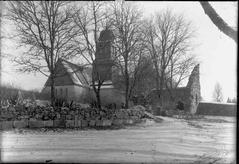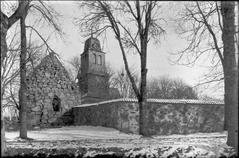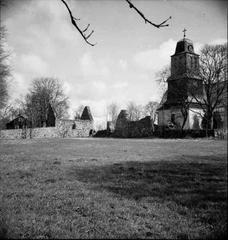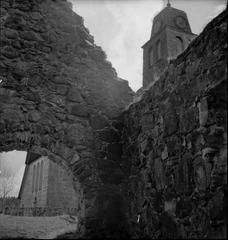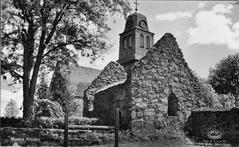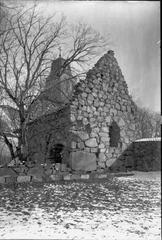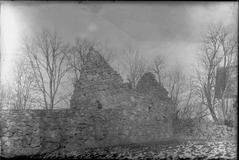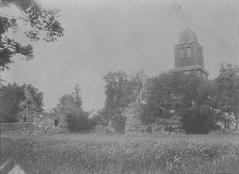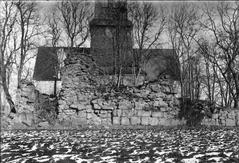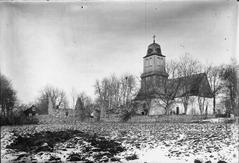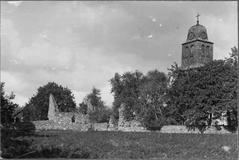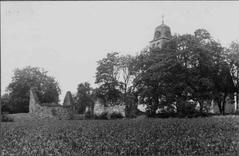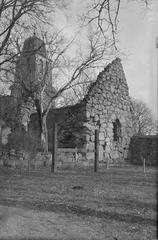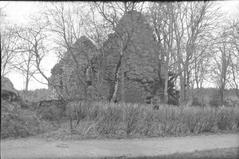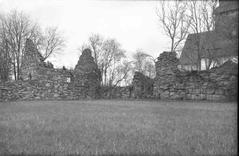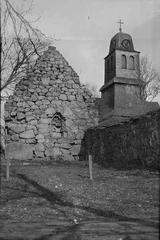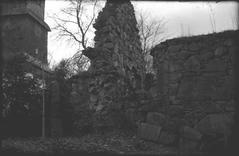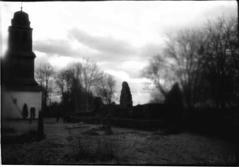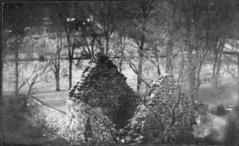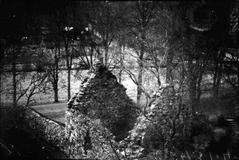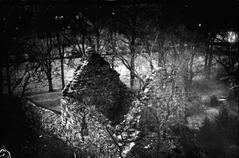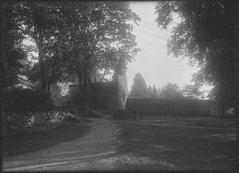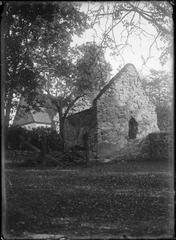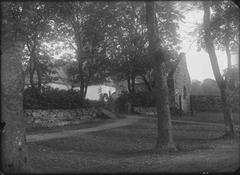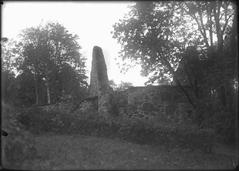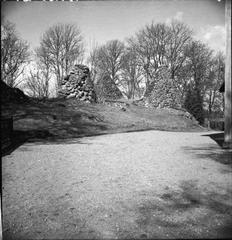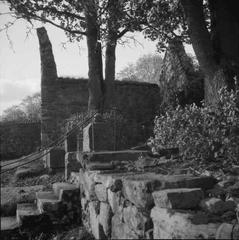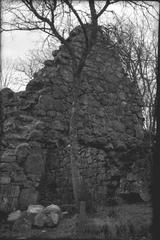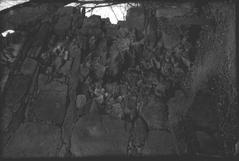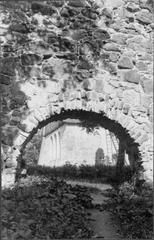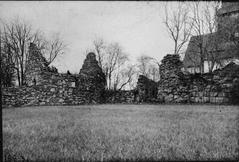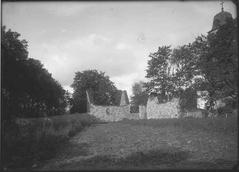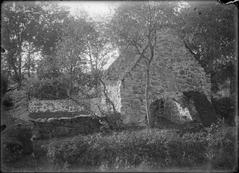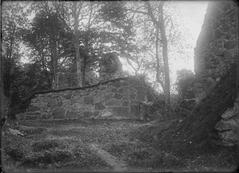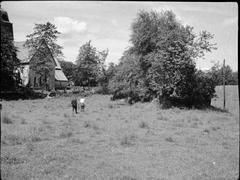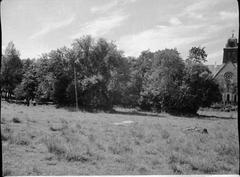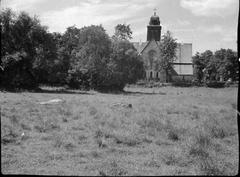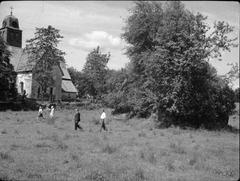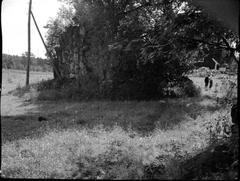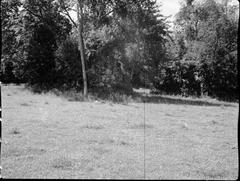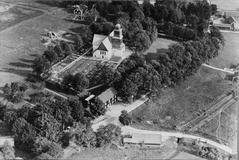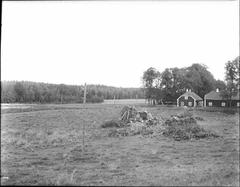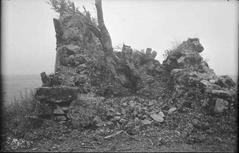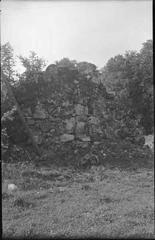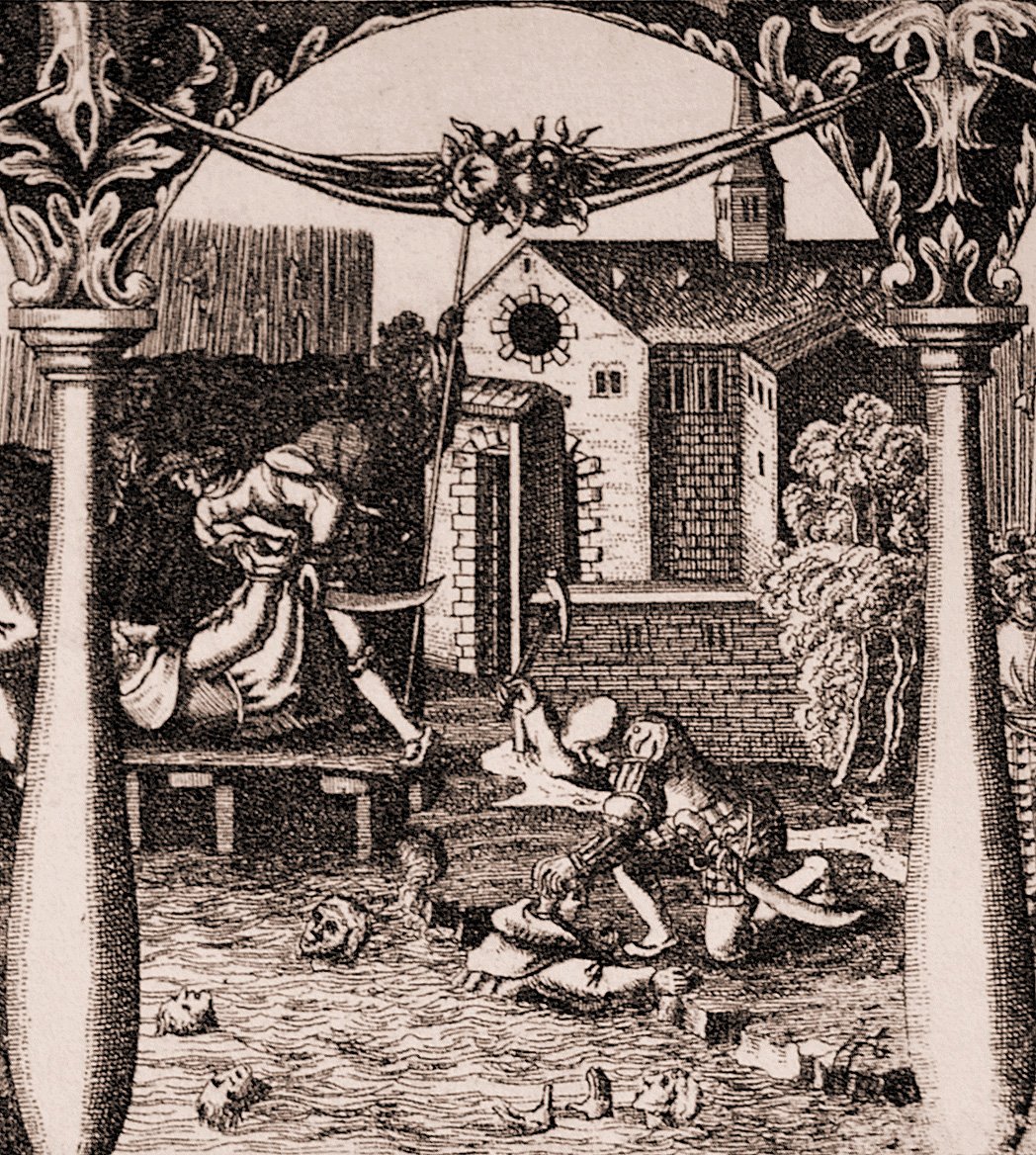
Nydala Abbey Visiting Hours, Tickets, and Värnamo Historical Sites Guide
Date: 14/06/2025
Introduction to Nydala Abbey
Nestled in the tranquil forests of Småland near Värnamo, southern Sweden, Nydala Abbey stands as a compelling testament to the nation’s medieval monastic past and religious heritage. Founded in 1143 by French Cistercian monks, the abbey represents the austere values of the Cistercian order, which profoundly influenced the spiritual, economic, and agricultural development of the region. Over its nine centuries of existence, Nydala Abbey has witnessed periods of spiritual prosperity, dramatic upheaval during the Protestant Reformation, and a renewed role as a center for heritage preservation and cultural activities.
Today, Nydala Abbey features a beautifully preserved church, evocative monastic ruins, and a reconstructed monastery garden. Visitors can immerse themselves in the site’s multifaceted history, participate in guided tours, and enjoy cultural events such as the annual “Det rika Nova Vallis” performance. Whether you are a history buff, a spiritual seeker, or a traveler interested in Swedish heritage, this guide delivers detailed information on visiting hours, ticketing, accessibility, and practical tips for making the most of your visit to Nydala Abbey and the surrounding Värnamo region.
For further historical context and planning resources, consult the Värnamo Municipality and Jönköping County Museum publications.
Table of Contents
- Introduction to Nydala Abbey
- Historical Overview
- Architecture and Site Features
- Visitor Information
- Modern Culture and Events
- The Monastery Garden
- Best Time to Visit and Practical Tips
- Frequently Asked Questions (FAQ)
- Regional Attractions
- Sustainability and Preservation
- Summary and Visitor Tips
- References
Historical Overview
Founding and Early Development (12th–13th Centuries)
Nydala Abbey (Latin: Nova Vallis, meaning “the new valley”) was established in 1143 by Cistercian monks from France. As one of Sweden’s earliest Cistercian monasteries—contemporary with Alvastra Abbey—it played a critical role in introducing the order’s strict monastic practices, advanced agricultural techniques, and architectural ideals (Värnamo Municipality PDF, p. 44).
Building the abbey in remote Småland forests reflected Cistercian values of seclusion and self-sufficiency. The construction extended over a century, with the church consecrated in 1266, and the complex included a church, cloisters, chapter house, and workshops. Appeals for donations from Gotland and Öland in the 13th century underscore the challenges faced in such an isolated setting (Jönköping County Museum PDF).
Medieval Significance
Throughout the Middle Ages, Nydala Abbey was a religious, economic, and cultural powerhouse in Småland. The monks managed large estates, introduced innovative farming, and engaged in forestry and fisheries, significantly impacting the local economy. The abbey became a hub for pilgrims and a repository of manuscripts and theological knowledge, with influence extending to other Cistercian houses in Sweden (Jönköping County Museum PDF).
The Nydala Abbey Bloodbath (1521)
A defining tragedy in the abbey’s history occurred on February 2, 1521, during the Swedish War of Liberation. Danish soldiers, acting under King Christian II, executed the abbot and several monks as they retreated from the Stockholm Bloodbath. This event, later termed the “Nydala Abbey Bloodbath,” became a rallying cry for anti-Danish sentiment and marked the beginning of the abbey’s decline (Wikipedia: Nydala Abbey Bloodbath).
The Reformation and Secularization
The Reformation in the 16th century led to the dissolution of Sweden’s monastic institutions. Nydala’s assets were seized by the Crown, the monastic community disbanded, and the abbey church repurposed for Lutheran worship. The monastic buildings were largely dismantled or left to ruin. Despite this, the abbey church survived and continued as the parish church (Jönköping County Museum PDF).
Archaeology and Preservation
Archaeological work has clarified the original layout of the abbey, revealing the church, cloisters, chapter house, and outbuildings. Artifacts from excavations provide a glimpse into monastic life. Preservation initiatives focus on stabilizing the ruins, maintaining the active parish church, and restoring the monastery garden (Värnamo Municipality PDF, p. 44).
Architecture and Site Features
Cistercian Architectural Ideals
Nydala Abbey’s church is a prime example of early Gothic Cistercian architecture in Sweden, characterized by simplicity, harmonious proportions, and minimal decoration. The chancel window arrangement maximizes natural light, reflecting the Cistercian focus on austerity and function (Jönköping County Museum PDF).
- Abbey Church (Nydala Kyrka): The central and best-preserved structure, still active as a parish church (Alamy).
- Gatehouse Chapel: A rare surviving medieval outbuilding (Wikipedia).
- Peasant Church: A neighboring medieval wooden building of unclear original function (Jönköping County Museum PDF).
- Abbey Garden: Reconstructed in 2004 to reflect medieval monastic horticulture (Nydala Monastery Garden).
Nydala Manor
North of the abbey lies Nydala Manor, rebuilt in 1790 in Gustavian neoclassical style, signifying the shift from monastic to secular stewardship (Wikipedia).
Visitor Information
Hours and Tickets
- Visiting Hours: Daily from 9:00 AM to 6:00 PM in summer (June–August); reduced hours in the off-season (typically 10:00 AM–4:00 PM on weekends).
- Admission: Free to all visitors for the church, ruins, and gardens. Guided tours may require a small fee (usually around 50 SEK for adults; discounts for students and seniors) (Nydala Monastery Garden).
Accessibility and Facilities
- Accessibility: The abbey church and main pathways are wheelchair accessible. Some ruins have uneven terrain; sturdy footwear is advised.
- Facilities: Restrooms and picnic areas are available near the church. Limited parking is on site. No cafés or shops; bring snacks or visit Värnamo for dining options.
- Travel Tips: Weather in June is mild (average 20°C/68°F, up to 18.5 hours of daylight), perfect for extended visits (Global Highlights).
Getting There
Nydala Abbey is about 24 km northeast of Värnamo, accessible via road 127 or regional buses. The final distance from bus stops may require walking or cycling (Trip-Suggest).
Guided and Self-Guided Tours
- Guided Tours: Available mainly in summer and during special events; advance booking is recommended (Nydala Monastery Garden).
- Self-Guided Visits: Informational panels in Swedish and English are placed across the site. Audio guides and brochures may be available at the church or local tourism offices.
Modern Culture and Events
Nydala Abbey is a vibrant cultural site, hosting annual events like the chronicle play “Det rika Nova Vallis,” which dramatizes the abbey’s storied past with local amateur actors (Värnamo Municipality PDF, p. 31). Summer also features concerts and workshops in the church and gardens.
The abbey remains a focal point for pilgrimage, with the Nydalaleden trail connecting it to broader Scandinavian pilgrimage networks (Naturkartan).
The Monastery Garden
This reconstructed medieval garden offers insights into Cistercian horticultural practices. Maintained by a local society, the garden features vegetables, herbs, and medicinal plants typical of the monastic diet and pharmacy. Interpretive signage and occasional workshops make the garden a highlight for visitors interested in historical gardening (Nydala Monastery Garden).
Best Time to Visit and Practical Tips
- Best Time: June, for long daylight, mild weather, and vibrant gardens. Early mornings and evenings are quieter.
- What to Bring: Layered clothing, waterproof jackets, sun protection, and sturdy shoes.
- Respectful Conduct: The abbey is both a heritage site and a living parish. Please be quiet during services and respectful when taking photographs.
Frequently Asked Questions (FAQ)
Q: What are Nydala Abbey’s opening hours?
A: 9:00 AM–6:00 PM daily in summer; shorter weekend hours outside peak season.
Q: Is there an admission fee?
A: Entry is free; donations are appreciated. Guided tours may have a small charge.
Q: Are guided tours available?
A: Yes, mainly in summer and for groups—advance booking recommended.
Q: Is the abbey accessible?
A: Yes, the church and main paths are wheelchair accessible; some ruins may be uneven.
Q: How do I get to Nydala Abbey?
A: By car on road 127 or by regional bus from Värnamo; parking is available onsite.
Q: Can I stay overnight?
A: Basic pilgrim accommodations are available in the historic church stables with advance booking (Naturkartan).
Regional Attractions
Combine your visit with other Värnamo historical sites, local hiking and cycling trails, and events such as regional Midsummer celebrations. The Värnamo area offers cultural attractions, dining, and accommodation options for an extended stay (Värnamo Municipality).
Sustainability and Preservation
Nydala Abbey is a protected heritage site. Visitors should stay on marked paths, avoid disturbing ruins, and support conservation through donations or volunteering—especially in the Monastery Garden project (Nydala Monastery Garden).
Summary and Visitor Tips
Nydala Abbey stands as a living monument to Sweden’s Cistercian and medieval heritage. Its well-preserved church, evocative ruins, and reconstructed garden provide a rich, immersive experience for visitors. Free admission, accessible facilities, and a range of cultural activities make Nydala Abbey a must-see for those exploring Småland or interested in Scandinavian history. Enhance your visit with the Audiala app for interactive guides and updates, and follow Värnamo’s tourism channels for news and events (Nydala Monastery Garden; Naturkartan).
References and Further Reading
- Värnamo Municipality
- 100 Fantastic Facts about Värnamo (PDF)
- Jönköping County Museum – Nydala Abbey (PDF)
- Nydala Monastery Garden
- Wikipedia: Nydala Abbey Bloodbath
- Wikipedia: Nydala Abbey
- Naturkartan: Nydala Abbey
